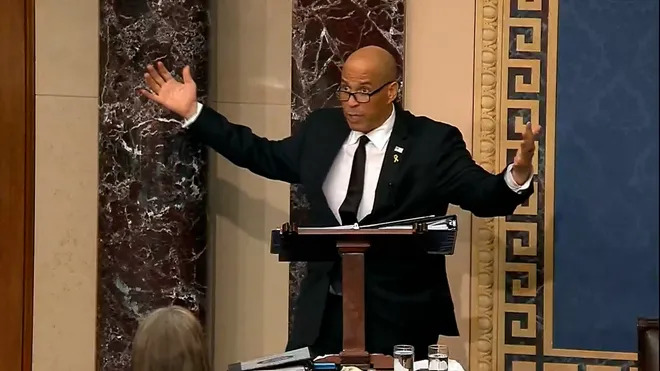With budgeting season in session, district and school administrators are finding that there simply isn’t enough money currently in the budget to make the district run as it should. They hoped for more funding from SB 175, but were disappointed when the $120 million originally proposed in the bill was cut to $50 million.
“Is there more money than if SB 175 hadn’t [passed]? Yeah, [but] is it enough?” asked Principal Dick Kloppel.
State laws require that 80 percent of school district funding comes from the state, and 20 percent comes from the community surrounding it. Some funds in the 20 percent come from past mill levies, but each year the cost of maintaining teachers and programs in the school system becomes increasingly expensive, forcing the school board and budget committee to cut courses and either lay off staff or fail to replace retired employees. This, in turn, creates significantly larger class sizes where students get less individual attention. Kloppel used the Industrial Technology program as an example.
“We used to have nine teachers [in the IT program]; now we have six. It’s not because the demand isn’t there. [It’s] because we don’t have funding to pay the teachers,” he said.
Budget cuts affect every department, not solely electives.
“Your English classes are big. Your history classes are big. Your science classes are big. We used to have a limit of 22 in biology; now our limit is 30,” he said.
The increase in class size greatly influences advanced placement and honors courses as well.
“AP classes are supposed to be about students discussing and talking. When you have 27 to 28 students in a class, the opportunity to talk is much less than with 18 students in a class. When a class is bigger, the opportunity for you to get individual attention and personalized learning goes away,” he said.
In addition to larger class sizes, some popular advanced classes have been cut altogether.
“We have requests for classes we can’t offer. This year we were not able to offer Analysis because we didn’t have enough math teachers to teach it,” he said.
Though there have been many classes cut, there could be more. The school has had to postpone building maintenance projects to maintain educational programs. Some parts of the facility that need to be replaced are the intercom system and the elevator, which are both original and their parts are no longer sold.
“I remember having to carry some of our students who are in wheelchairs; we had to carry them downstairs in their wheel chairs every day to get them out of here. The elevator was gone. This is a big deal,” Kloppel said.
The school also needs handicap bathrooms on the north end (where visitors come for sporting events) and some lockers are wearing out. There is a short in the fire alarm system (it doesn’t affect the alarms themselves, but causes some technical difficulties) and out of the three boilers the school has, only the two needed to run the school are up and running.
“We need to fix our buildings, and it’s starting to show,” he said.
To fix the elevator alone would cost upwards of $1million, and the funds simply aren’t available. One would think that maintaining the buildings students inhabit for at least seven hours a day would be the least that could be done. However, school administrators have had to postpone projects and live with inconveniences because they rightfully place a higher priority on providing what learning and educational opportunities they can.
On May 13, school board members unanimously voted to move forward with a mill levy that would raise $981,748 for the district. The levy would increase taxes by $12.11 on a home worth $100,000.
Twelve dollars and eleven cents is a small price to pay for what education will put back into the community.
“We are an investment. It’s going to make our community grow,” he said.
Often, when families are looking into moving to a new city, the first thing they look at is the school system. They want to know that their children will have many educational opportunities available to them.
“A strong school system is a sign of a healthy community,” Kloppel said.
We believe that education is the backbone of every community, and when people choose not to support it, the results, both direct and indirect, are evident. Droupout rates increase. The city’s economy suffers because new families choose not to relocate to it, and young people have fewer opportunities for economic advancement. The overall public morale suffers when citizens cannot take pride in their school system.
The solution to the problem at hand is not to shrink back in apathy and indifference but to take pride in our community’s schools and invest in our young people. The opportunities they receive will shape the future of Great Falls and the world.
Should you vote yes for the mill levy?
The answer to this question is simple. If you want you and your children to live in a community of thoughtful, intelligent, and successful citizens, vote yes. If you want to invest in the your community, vote yes. If you want to see change and improvement, vote yes.
The only wrong answer would be to not vote at all. Indifference and disinterest are incredibly destructive forces. Only when students and parents pour a fraction of the amount of interest that educators and administrators pour into the young people of the community will we begin to see progress and advancement occur.







